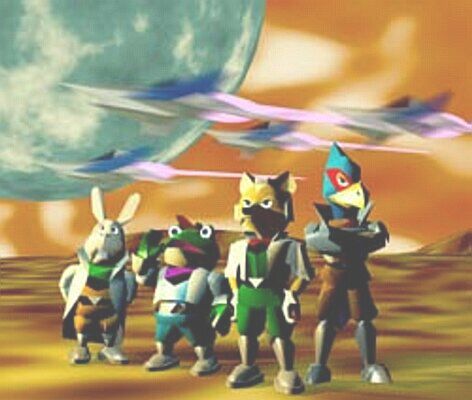

"If we were going to invite Star Fox characters into Starlink, we wanted to do with the utmost respect for that brand." (You can read our full interview with Rose here.) Matthew Rose, the game's producer, says that's intentional: "It was important for us that it wasn't just a guest appearance, it wasn't just, 'here's a character you can play with,'" he said after the demo. Instead, I found a game that treated Nintendo's characters as an integral part of the story, naturally fitting into the game's opening cinematic, gameplay and cutscenes as if they were always part of the ensemble cast - to the extent that, if you intentionally play the game with Fox, it feels less like a cameo, and more like a full-on third-party Star Fox game. I expected the tie-in to feel tacked-on, like an extra piece of DLC that didn't quite sync up with the game's lore. That's partially because of how deeply Star Fox was integrated into the Starlink universe. Flying Fox's Arwing fighter through a field of asteroids, taking on an enemy squadron and crash landing onto a planet of open-world exploration gameplay felt like fanboy sacrilege. This thought rattled around my head as I played the Nintendo Switch version of the game's opening moments (it's also on PlayStation 4 and Xbox One). Starlink: Battle for Atlas isn't a follow-up to Nintendo's beloved space shooter - so far, it's better. It wasn't until I played the game for myself at a preview event that I realized how true that prediction really was.

Ubisoft's space-faring toys-to-life game wasn't going to be a real Star Fox game. The sound of Fox McCloud's distinctive radio chatter spurred my nostalgia, but my initial impression was the same. When Ubisoft's E3 trailer for Starlink: Battle for Atlas ended with a tease for a Nintendo crossover, I was delighted - but I wasn't impressed.


 0 kommentar(er)
0 kommentar(er)
